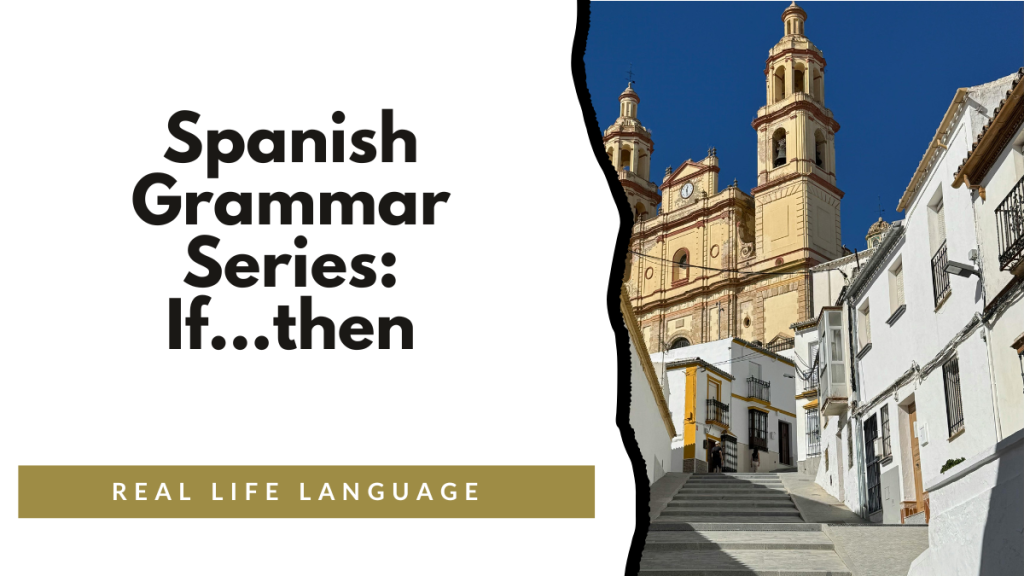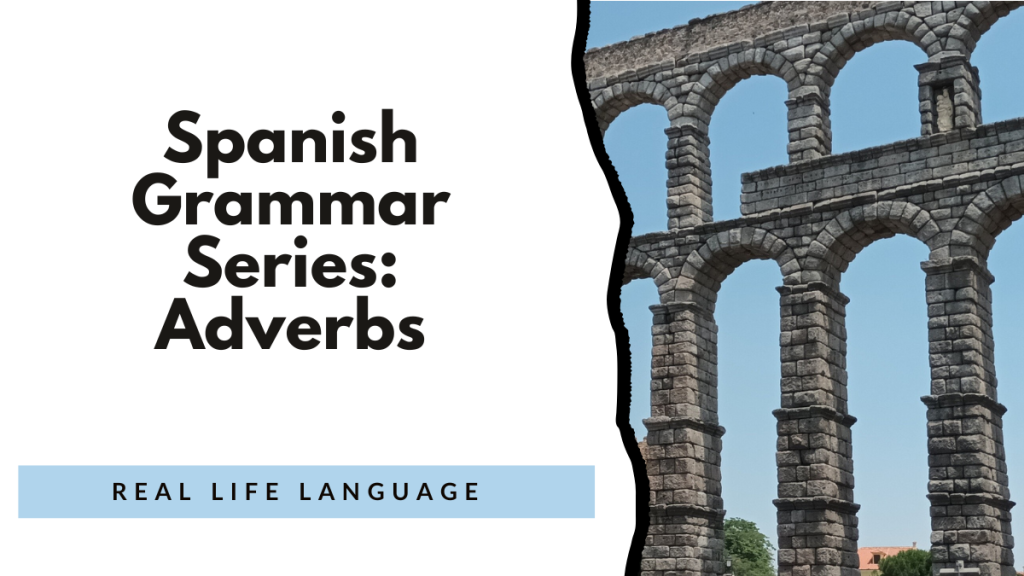(Las Palabras Interrogativas)
In Spanish, question words (also called interrogative words) are used to ask who, what, when, where, why, how, and which.
They all carry a written accent mark (´) to distinguish them from similar words used in statements.
1) Basic Question Words
| Spanish | English | Notes / Examples |
| ¿Quién? / ¿Quiénes? | Who? / Who (plural)? | ¿Quién es ella? → Who is she? ¿Quiénes son ellos? → Who are they? |
| ¿Qué? | What? | ¿Qué haces? → What are you doing? ¿Qué es eso? → What is that? |
| ¿Cuál? / ¿Cuáles? | Which? / Which ones? | ¿Cuál prefieres? → Which do you prefer? ¿Cuáles son tus libros? → Which ones are your books? |
| ¿Cuándo? | When? | ¿Cuándo es la clase? → When is the class? |
| ¿Dónde? | Where? | ¿Dónde vives? → Where do you live? |
| ¿Adónde? | To where? (direction) | ¿Adónde vas? → Where are you going (to)? |
| ¿De dónde? | From where? (origin) | ¿De dónde eres? → Where are you from? |
| ¿Por qué? | Why? | ¿Por qué estudias español? → Why do you study Spanish? |
| ¿Cómo? | How? | ¿Cómo estás? → How are you? ¿Cómo se dice “hello” en español? → How do you say “hello” in Spanish? |
| ¿Cuánto? / ¿Cuánta? | How much? | ¿Cuánto cuesta? → How much does it cost? ¿Cuánta leche quieres? → How much milk do you want? |
| ¿Cuántos? / ¿Cuántas? | How many? | ¿Cuántos estudiantes hay? → How many students are there? ¿Cuántas sillas hay? → How many chairs are there? |
2) Accents Matter!
All Spanish question words have written accent marks (´) when they are used in questions or exclamations.
Compare:
| With Accent (Question) | Without Accent (Statement) |
| ¿Dónde vives? → Where do you live? | Vivo donde mis padres. → I live where my parents do. |
| ¿Qué quieres? → What do you want? | No sé que hacer. → I don’t know what to do. |
| ¿Cómo estás? → How are you? | No sé cómo hacerlo. → I don’t know how to do it. |
The accent helps you identify when a word introduces a question (direct or indirect).
3) Direct vs. Indirect Questions
A. Direct Questions
These begin and end with question marks (¿ ?) and use inversion (verb before subject):
¿Dónde vive tu madre? → Where does your mother live?
¿Qué haces tú? → What are you doing?
B. Indirect Questions
These appear inside a statement — no question marks, but still use the accent mark:
No sé dónde vive tu madre. → I don’t know where your mother lives.
Dime qué quieres. → Tell me what you want.
4) Forming Questions in Spanish
A. Yes/No Questions
Invert subject and verb, and add ¿…?
- ¿Hablas español? → Do you speak Spanish?
- ¿Tienes hambre? → Are you hungry?
B. Information Questions (with question words)
Place the question word first, then the verb, then the subject (if stated).
| English | Spanish |
| What are you doing? | ¿Qué haces (tú)? |
| Where do they live? | ¿Dónde viven (ellos)? |
| When are we leaving? | ¿Cuándo salimos (nosotros)? |
| Who is that? | ¿Quién es (él)? |
Word order pattern:
Question Word + Verb + Subject + Rest of Sentence
5) Special Question Word Uses
A. “Qué” vs. “Cuál”
These two often confuse learners because both can mean “what” or “which.”
| Use | Qué | Cuál / Cuáles |
| Definition or explanation | ¿Qué es eso? → What is that? | not used |
| Before a noun | ¿Qué libro lees? → What book are you reading? | not used |
| Choosing from known options | not used | ¿Cuál prefieres? → Which do you prefer? |
| Asking for specific info | ¿Qué día es hoy? → What day is it? | ¿Cuál es tu número? → What’s your number? |
Think:
- Qué = asking for a definition or before a noun
- Cuál = asking for a specific item from a known group
B. “Quién” and Agreement
- ¿Quién? (singular) → Who?
- ¿Quiénes? (plural) → Who (plural)?
¿Quién está en la clase? → Who is in the class?
¿Quiénes son tus amigos? → Who are your friends?
C. “Cuánto” and Agreement
“Cuánto” agrees in gender and number with the noun it describes.
| Masculine | Feminine | Example |
| cuánto | cuánta | ¿Cuánto dinero tienes? |
| cuántos | cuántas | ¿Cuántas personas vienen? |
6) Common Question Phrases
| English | Spanish |
| What’s your name? | ¿Cómo te llamas? |
| Where are you from? | ¿De dónde eres? |
| How old are you? | ¿Cuántos años tienes? |
| What time is it? | ¿Qué hora es? |
| Why are you sad? | ¿Por qué estás triste? |
| Who is your teacher? | ¿Quién es tu profesor? |
| Which do you prefer? | ¿Cuál prefieres? |
| When is your birthday? | ¿Cuándo es tu cumpleaños? |
| How much does it cost? | ¿Cuánto cuesta? |
| Where are you going? | ¿Adónde vas? |
7) Practice: Fill in the Blanks
- ¿________ es tu color favorito?
- ¿________ cuesta el libro?
- ¿________ viven tus padres?
- ¿________ son esas chicas?
- ¿________ no estudias más?
Answers:
- Cuál
- Cuánto
- Dónde
- Quiénes
- Por qué
8) Practice: Translate
- What time is the class?
- Where are you from?
- Who is your teacher?
- How are you feeling?
- Why are you tired?
Answers:
- ¿A qué hora es la clase?
- ¿De dónde eres?
- ¿Quién es tu profesor?
- ¿Cómo te sientes?
- ¿Por qué estás cansado?
9) Quick Reference Summary
| Question Word | Meaning | Example |
| ¿Quién / Quiénes? | Who | ¿Quién es ella? |
| ¿Qué? | What | ¿Qué haces? |
| ¿Cuál / Cuáles? | Which | ¿Cuál prefieres? |
| ¿Cuándo? | When | ¿Cuándo es la fiesta? |
| ¿Dónde? | Where | ¿Dónde está el libro? |
| ¿Adónde? | To where | ¿Adónde vas? |
| ¿De dónde? | From where | ¿De dónde vienes? |
| ¿Por qué? | Why | ¿Por qué lloras? |
| ¿Cómo? | How | ¿Cómo estás? |
| ¿Cuánto/a/os/as? | How much / many | ¿Cuántos años tienes? |
Why Question Words Matter
Mastering Spanish question words helps learners:
- Ask and answer questions naturally
- Engage in real-world conversations and classroom interactions
- Understand native speakers in authentic dialogues
- Avoid direct English translations that sound unnatural
They’re a foundation for communication and comprehension in every context — from greetings to advanced discussions.
Here are some of my favorite resources to engage and inspire learners, to include my lifelong language learning journey.
Building Proficiency for World Language Learners: 100+ High-Interest Activities
Discover over 100 dynamic activities to make world language learning interactive and fun. I wrote this book with some of my favorite activities for educators aiming to build proficiency with high-impact strategies.
Learn more and get your copy here.
5 Weeks of No and Low Prep Fun
Need quick, engaging activities for your class? This free guide includes 25 no-prep and low-prep ideas to save time while keeping students excited about learning.
Download your free copy now.
100s of videos to learn Spanish:

